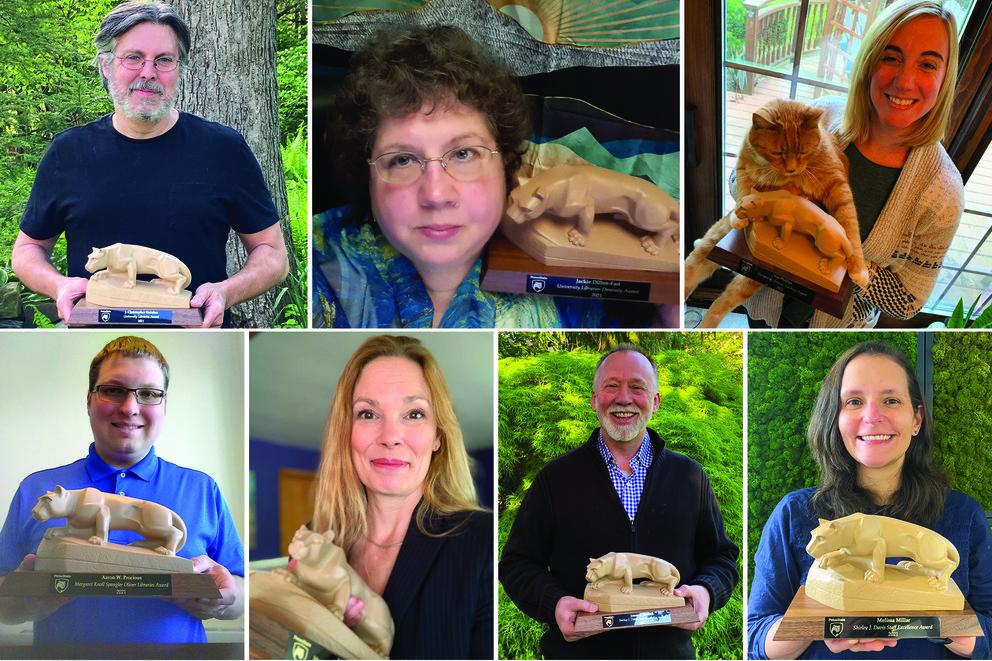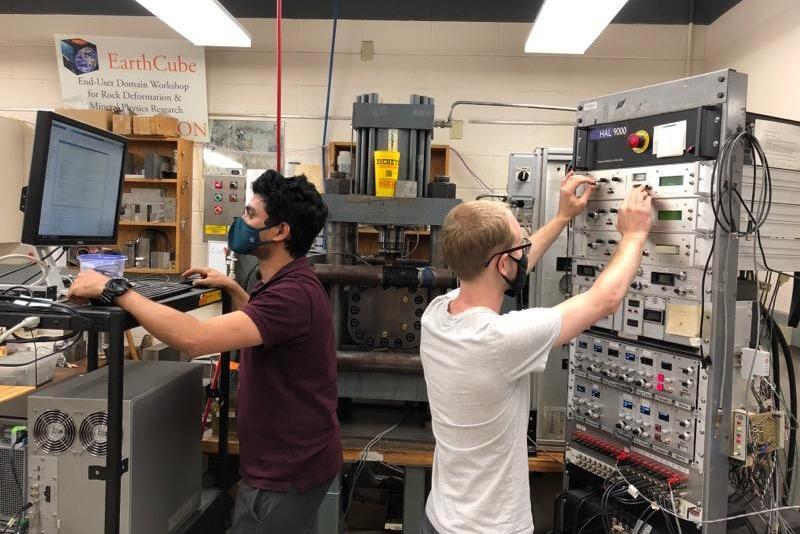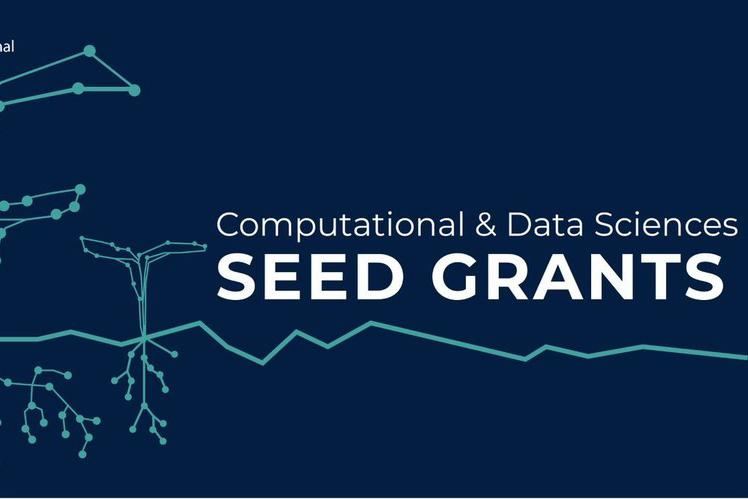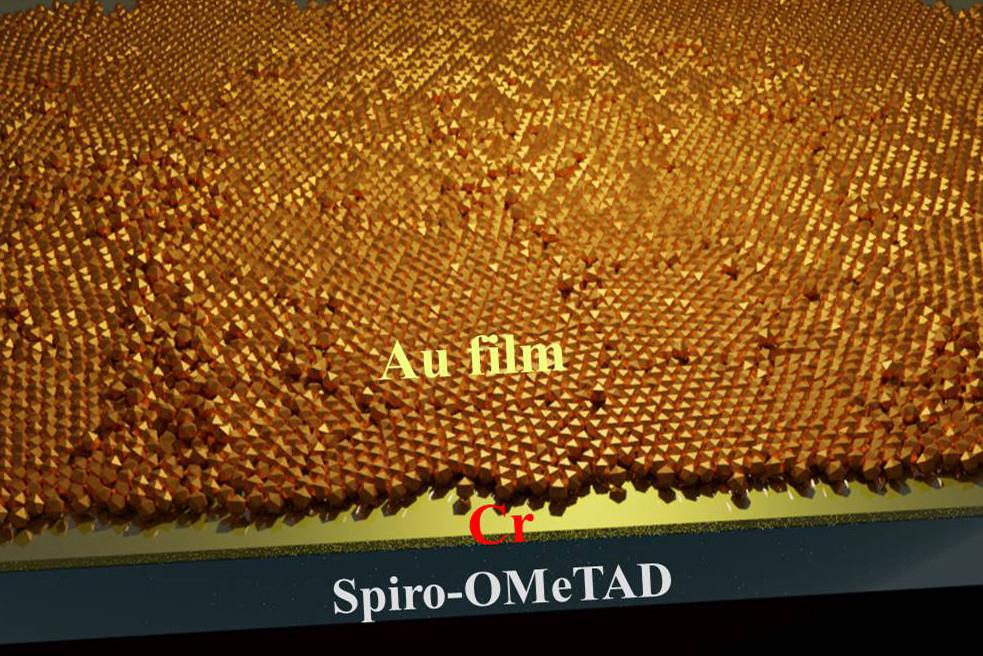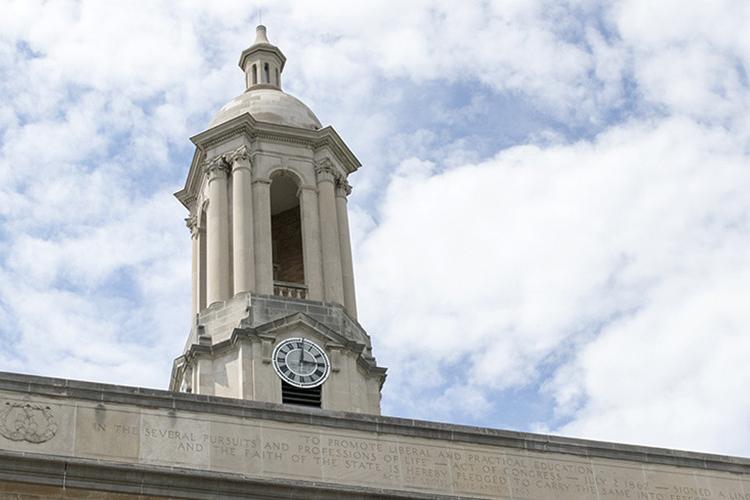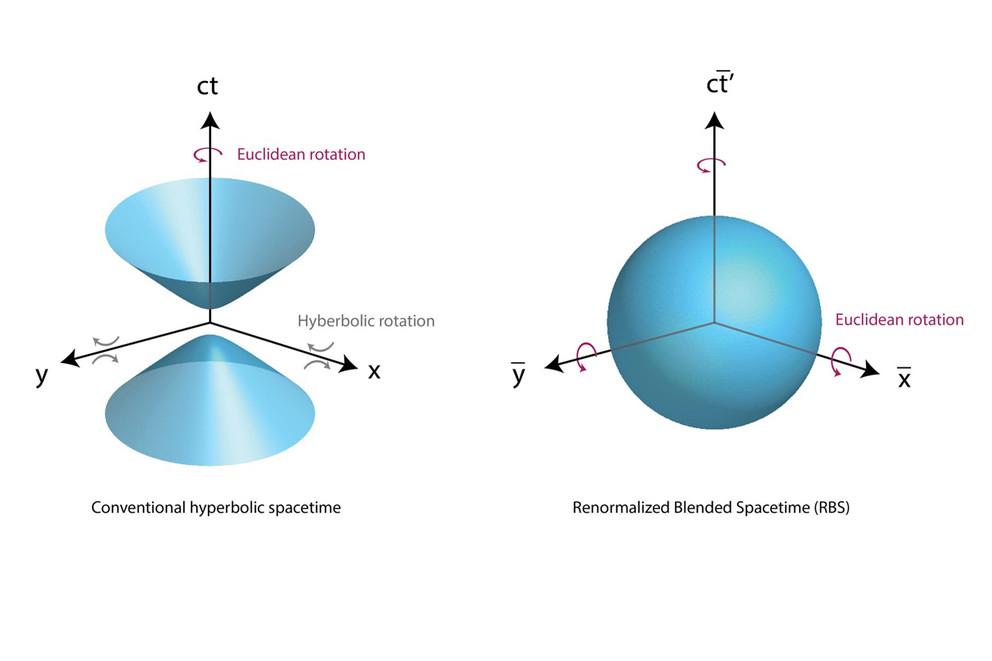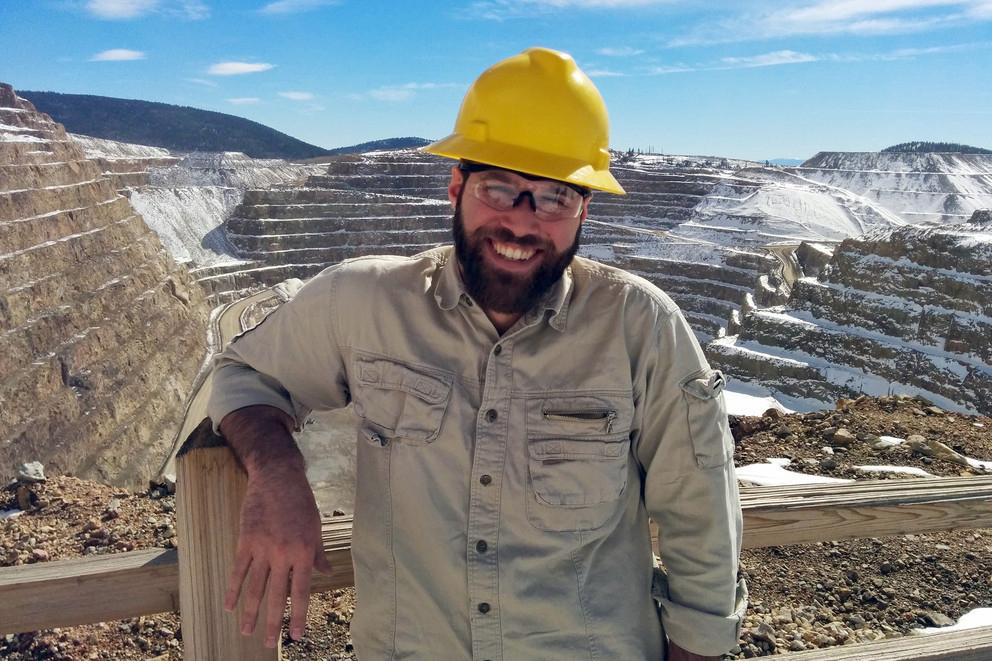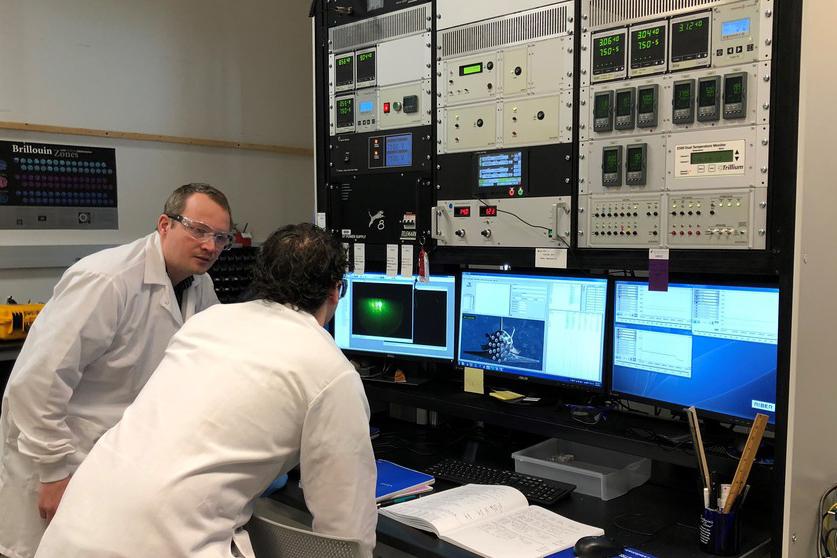Despite the devastating impact the emrald ash borer has had on forests in the eastern and midwestern parts of the U.S., climate change will have a much larger and widespread impact on these landscapes through the end of the century, according to researchers.
Penn State University Libraries have recognized seven outstanding faculty and staff, including Aaron Procious, a staff member at the Fletcher L. Byrom Earth and Mineral Sciences Library.
Paul Markowski has dedicated his 20-year career at Penn State to understanding tornadoes, particularly bettering predictors for when they’ll occur.
Penn State scientists are working to predict possible breaks in massve underground reservoirs that store geothermal energy and how to mitigate the potential fallout.
From making our roads safer to paving the way to exoplanet discovery, the Institute for Computational and Data Sciences (ICDS) seed grants have funded 14 projects backed by researchers from across the disciplines and around the University.
Developing new ultrathin metal electrodes has allowed researchers to create semitransparent perovskite solar cells that are highly efficient and can be coupled with traditional silicon cells to greatly boost the performance of both devices, said an international team of scientists.
Erica Smithwick, Penn State distinguished professor of geography and associate director of the Institutes of Energy and the Environment, was selected as an Administrative Fellow for the 2021–22 academic year.
A Penn State scientist studying crystal structures has developed a new mathematical formula that may solve a decades-old problem in understanding spacetime, the fabric of the universe proposed in Einstein’s theories of relativity.
When Tom Rauch left Penn State in 2013 with dual degrees in mining engineering and energy business and finance, he entered the extractive industries set on making an impact with his unique skill set of business acumen and passion for solving critical societal needs.
The National Science Foundation (NSF) announced a renewal of funding for the Materials Innovation Platform (MIP) national user facility at Penn State’s Materials Research Institute (MRI), the Two-Dimensional Crystal Consortium (2DCC).



